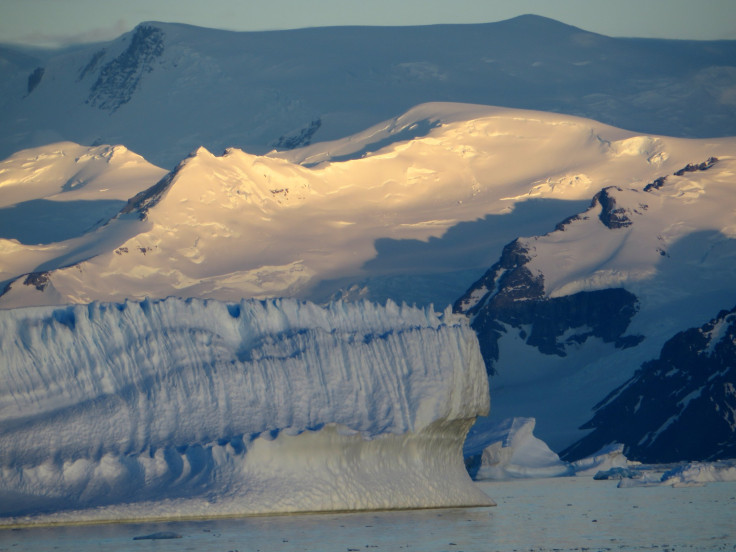Ice Loss Rate In Antarctic Peninsula Questioned By New Glacier Study

Antarctica is losing ice, what with large chunks of the ice sheet calving into the surrounding waters or with extensive meltwater pathways across the frozen continent or even the warming waters underneath melting the ice from the inside out. However, scientists seem to disagree on the pace at which this loss is happening.
One way to measure the loss of ice is to study the increase in the flow of glaciers, which can be tracked using satellites. An international team of researchers, led by scientists from the University of Leeds in the United Kingdom, used data from five satellites to measure the movements of over 30 glaciers in the Antarctic Peninsula since 1992. And their findings showed a slower increase than shown in another study by the University of Bristol, also in the U.K.
Published Tuesday in the journal Geophysical Research Letters, the new study found the flow of glaciers in Western Palmer Land — the southwestern corner of the Antarctic Peninsula — to have “increased by between 20 and 30 centimeters per day” between 1992 and 2016, averaging to about 13 percent increase in glacier speeds in the region.
Read: Crack In Antarctica’s Larsen C Shelf Could Create One Of The Largest Icebergs Ever
Modeling for ice flow to fill gaps for areas for which data was unavailable, the researchers concluded that glaciers from the region were pouring in 15 cubic kilometers more ice into the ocean each year, compared to the early 1990s. The University of Bristol study had put that number three times higher, at 45 cubic kilometers a year. Another study by the university from May 2015 put the figure at 60 cubic kilometers, or 55 trillion liters of water.
Andrew Shepherd from the University of Leeds, and co-author of the new study, titled “Increased ice flow in Western Palmer Land linked to ocean melting,” said in a statement Tuesday: “Although Western Palmer Land holds a lot of ice — enough to raise global sea levels by 20 centimeters — its glaciers can’t be responsible for a major contribution to sea level rise, because their speed has barely changed over the past 25 years. It’s possible that it has snowed less in this part of Antarctica in recent years — that would also cause the glaciers to thin and lose mass, but it's a not a signal of dynamical imbalance.”
Among the various glaciers studied, the largest increase in flow of speed was seen in those that were grounded at depths of over 300 meters below the ocean surface. A lot of the ice mass of the region is below sea level.

Anna Hogg, also from University of Leeds and lead author of the study, said in the statement: “We looked at water temperatures in front of the glaciers which have sped up the most, and we found that they flow through deep bedrock channels into the warmest layer of the ocean. This circumpolar deep water, which is relatively warm and salty compared to other parts of the Southern Ocean, has warmed and shoaled in recent decades, and can melt ice at the base of glaciers which reduces friction and allows them to flow more freely.”
Satellites from the European Space Agency’s Copernicus Sentinel-1 mission were used to capture the data used in the study.
© Copyright IBTimes 2024. All rights reserved.





















